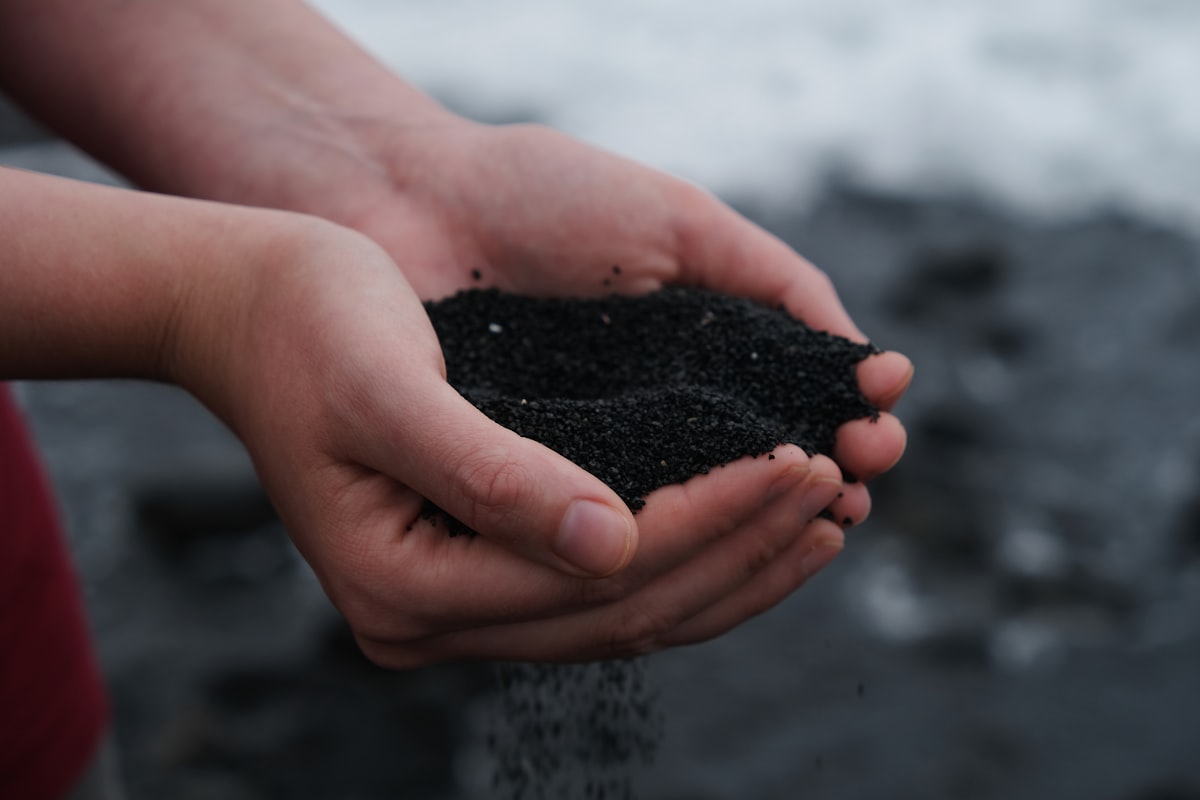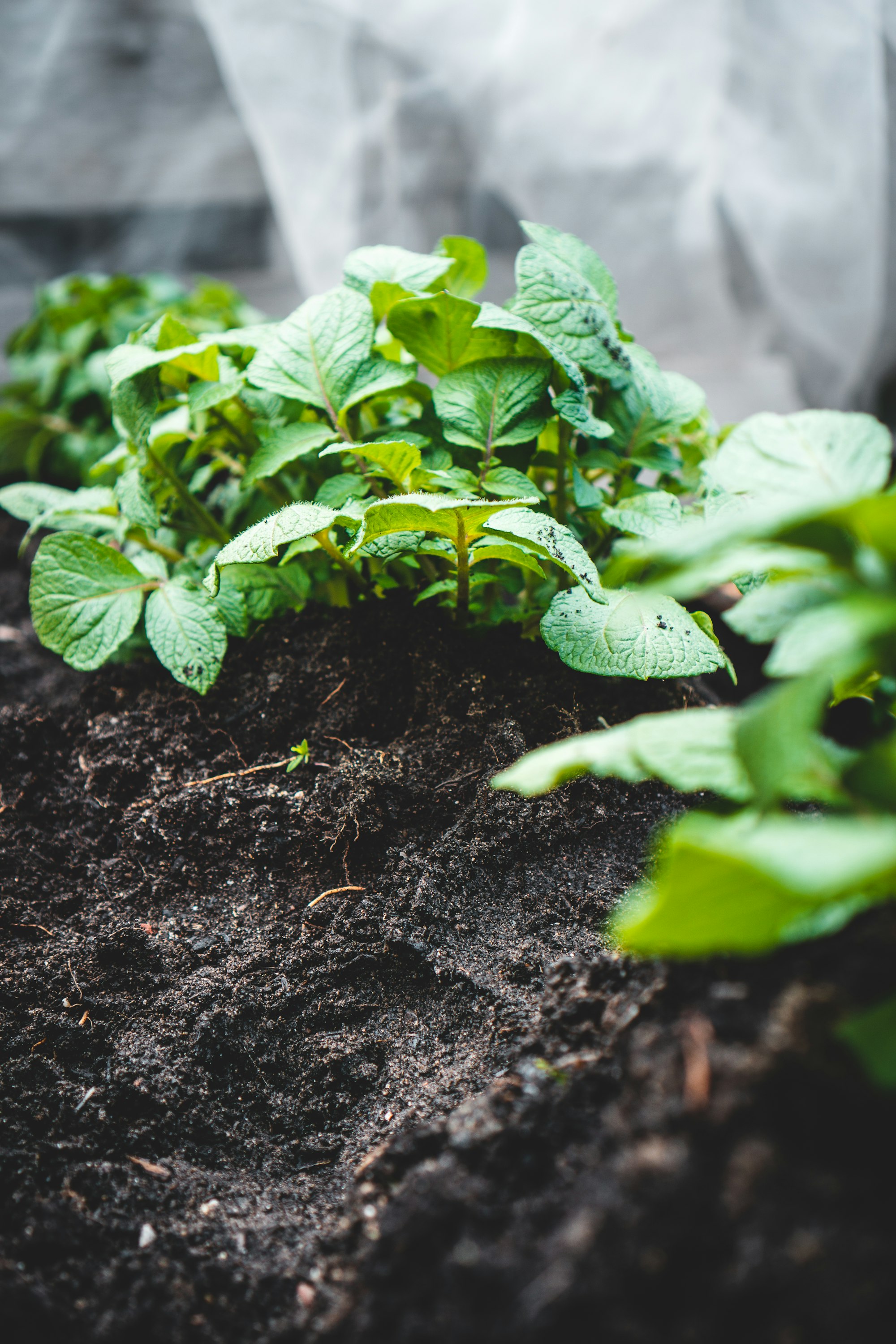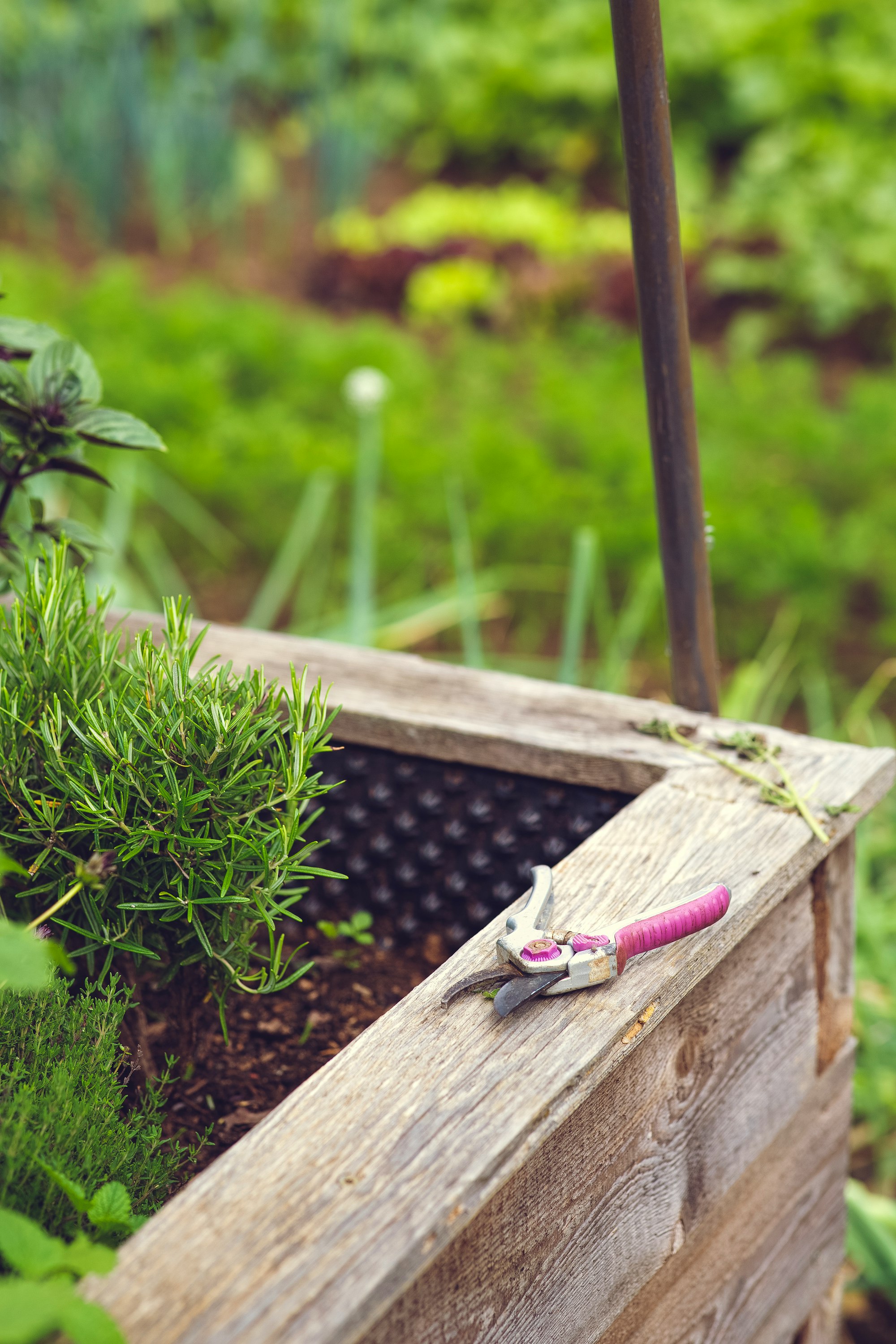What is Top Soil
Topsoil is the uppermost, nutrient-rich soil layer that supports plant growth. Typically extending to a depth of 5-10 inches, this layer is rich in organic matter, minerals, and microorganisms essential for maintaining a healthy garden.

In your garden, ensuring a sufficient amount of topsoil is crucial, as it significantly impacts the success of your plants.
By paying close attention to the quality of your topsoil, you can provide an ideal environment for your plants to thrive and lay a strong foundation for growth.
What is Topsoil?
Topsoil is the top layer of soil in any garden, yard, or field, typically found at a depth of 2 to 8 inches.
It is the most productive and essential part of garden soil, rich in minerals, organic matter, and microorganisms.
This vital layer consists of minerals broken down from rock, wood, leaves, and other organic materials.
Within topsoil, organisms, microorganisms, and bacteria work together to break down solids into nutrients that support plant life, making it crucial for gardening and landscaping projects.
Characteristics of Topsoil
Topsoil is the uppermost layer of soil, usually extending to a depth of 5-10 inches (13-25 cm), and consists of a blend of mineral particles and organic matter.
This combination allows for efficient water and air retention, promoting enhanced biological activity.
Topsoil has a crucial role in vegetation growth due to its high concentration of nutrients and organic matter and its ability to balance pH levels.
The texture of topsoil plays a vital role in determining its characteristics; it contains varying amounts of sand, clay, silt, and sometimes peat, forming loam in an ideal scenario.
The proportions of these elements impact the soil's nutrient availability, water retention capacity, and ability to support plant life.
Assessing your topsoil's balance of nutrients, organic matter, and texture ensures optimal plant growth and sustained gardening success.
Topsoil and Plant Growth
Topsoil is essential for plant growth, as it is the uppermost layer of the earth's crust and is rich in nutrients.
Using topsoil can save you time, labor, and cost when choosing soil for your garden project.
Healthy topsoil promotes optimum growth for plants, roots, vegetables, and crops.
Whether you're growing grass, hydrangeas, or any specific type of plant, topsoil helps them thrive due to its density of nutrients and organic matter.
Mixing topsoil with the existing dirt can improve the overall health of your garden or container plants.
A 50/50 mixture of topsoil and existing dirt provides an ideal plant environment, allowing for better root growth and nutrient absorption.
Topsoil can differ dramatically, even in the same yard or garden bed.
Always choose the right type of topsoil for your project to ensure the best results for your plant's health and growth.
Importance of Topsoil in Gardening
Topsoil is crucial for successful gardening, providing a fertile base for growing plants.
It comprises essential nutrients such as magnesium, potassium, and nitrogen, vital for photosynthesis, healthy plant growth, and overall garden development.
Your garden or lawn is highly dependent on the quality of its topsoil due to its role in providing water and nutrients that plants require.
By conducting a soil test, you can better understand and enhance your garden soil's composition, ensuring optimal plant conditions and ultimately leading to a flourishing garden or lawn.
Topsoil versus Other Types of Soil
Topsoil is the upper layer of soil, typically rich in organic matter and nutrients that support plant growth.
Unlike other types of soil, topsoil contains a mix of sand, clay, and silt, creating a balanced environment for plants.
In comparison, potting soil is specifically formulated for growing plants in containers with added nutrients and amendments to improve drainage.
Garden soil, on the other hand, is a soil blend that may have added organic matter, designed for in-ground use, and can be combined with existing soil to enhance its composition.
Lastly, fill dirt is primarily used as a base material to level landscapes, lacking in nutrients necessary for plant growth.

Managing Topsoil Quality and Fertility
A well-balanced topsoil is essential for healthy plant growth.
To manage topsoil quality and fertility, focus on incorporating soil amendments and monitoring nutrient content.
One way to improve your topsoil's fertility is by adding organic matter, such as compost, mulch, or manure.
These amendments enrich the soil with nutrients and enhance moisture retention, benefiting plant growth.
Additionally, consider using fertilizer to supply essential nutrients that may be lacking in your topsoil.
Remember to regularly monitor your topsoil's nutrient content, as imbalances can lead to poor plant growth.
Maintaining ideal levels of organic matter and essential nutrients ensures your plants have a healthy foundation to thrive.
Understanding Soil Erosion
Soil erosion occurs when the topsoil layer, which contains essential nutrients and organic matter, is removed.
This process is mainly caused by physical forces such as wind and water.
Soil erosion affects soil health and plant growth. Prevention measures should be taken to minimize the negative impacts and ensure the sustainability of our natural resources.
Water and Topsoil
Water plays a crucial role in the overall health and productivity of topsoil.
Proper drainage ensures that your topsoil retains enough moisture for your plants, preventing waterlogging and root damage.
Water management, such as implementing proper irrigation methods and landscape grading, can significantly contribute to the success of your garden.
By understanding the relationship between water and topsoil, you can make informed decisions that will benefit your plants and keep your soil in optimal condition.

Screening and Tilling
Screening topsoil involves passing it through a mesh to create consistently sized particles, improving water flow and nutrient distribution in your garden.
Different types of screened topsoil are available, each serving a specific purpose.
Tilling is breaking up and loosening the soil, often the top 5-10 inches, to prepare it for planting.
When you till your soil, it incorporates organic matter and improves water retention.
Tilling also enhances soil structure and facilitates water flow by integrating screened topsoil, which is loose and uniform in size.
Topsoil for Containers and Raised Beds
Topsoil is vital to your planting mix for container gardening and raised beds.
Combining topsoil with compost in a 50% topsoil and 50% compost ratio creates a balanced and nutrient-rich blend for optimal plant growth.
Utilizing topsoil in the lower layers of a raised bed, with garden soil placed above, can be practical and cost-effective for large garden projects.
In container gardens, topsoil is the foundation for healthy plant growth, ensuring plants have access to the nutrients they need throughout their life cycle.

Environmental Impact of Topsoil
Topsoil is crucial in supporting a healthy environment, as it provides essential nutrients and a stable foundation for plant growth, benefiting wildlife and the ecosystem.
A well-maintained topsoil layer can improve drainage, enrich soil nutrients, and create better soil texture, making planting and weeding much more manageable and benefiting both the environment and agricultural practices.
However, topsoil erosion and degradation can lead to numerous environmental issues, such as reduced water quality due to sedimentation, loss of nutrients and organic matter, and impaired wildlife habitats.
It's essential to implement sustainable land management practices to maintain topsoil health, like cover crops and no-till farming, which can benefit the soil, positively impact the environment, and support a thriving ecosystem.
Frequently Asked Questions
What are the uses of topsoil in gardening?
Topsoil serves as the primary foundation for your garden, providing nutrients and aeration for plant growth. It is essential for planting in raised beds, filling in low spots, and establishing new lawns.
How can you improve topsoil for garden use?
To improve your topsoil, start by testing its pH levels and adjusting them if needed. Next, add organic matter such as compost, aged manure, or leaf mold to boost fertility and enhance soil structure.
How does topsoil differ from garden soil?
Topsoil is the nutrient-rich upper layer of soil found in any garden or yard. In contrast, garden soil is a mixture of topsoil, organic materials, and other amendments specifically formulated for gardening. Garden soil may be tailored to meet the needs of specific plants or growing conditions.
Is topsoil suitable for growing plants?
Topsoil is suitable for growing plants, as it provides essential nutrients, moisture retention, and aeration. However, you might need to amend the topsoil with additional components for container gardening or growing specific plants to create the ideal growing environment.
Why is the quality of topsoil significant?
The quality of topsoil is crucial because it directly impacts plant growth and health. High-quality topsoil ensures optimal moisture retention, nutrient supply, and aeration, which are critical for successful gardening. Poor-quality topsoil may lack essential nutrients or have poor drainage or aeration, leading to plant stress and reduced growth.


